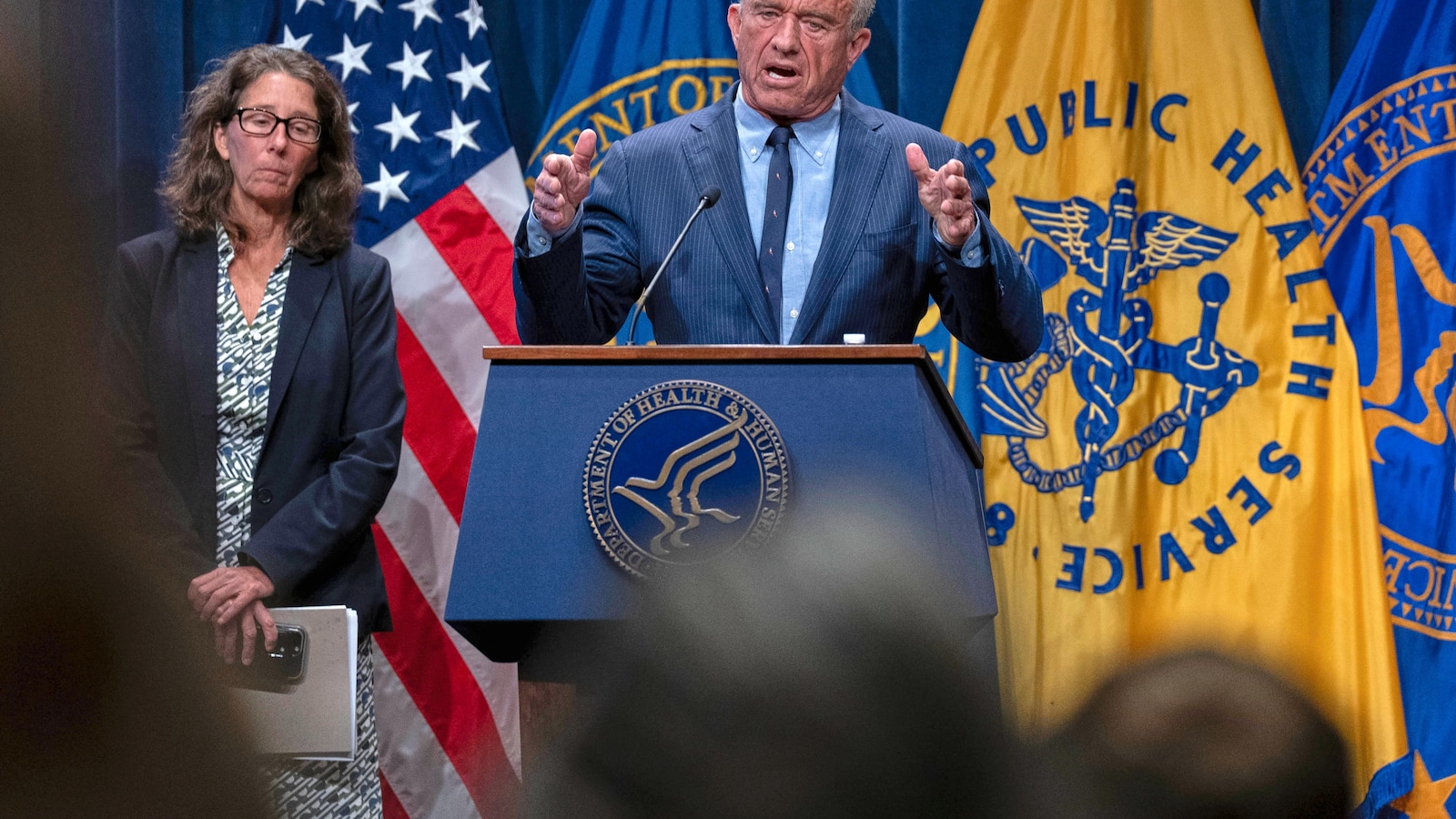The Silent Toll: How Budget Cuts Have Undermined U.S. Health Surveillance Programs
Over a dozen critical health surveillance programs across the United States have been terminated or scaled back due to budget constraints, leaving gaps in public health data and weakening the nation’s ability to track and respond to emerging threats. Federal and state agencies have quietly dismantled initiatives monitoring infectious diseases, environmental hazards, and chronic conditions since 2020, with experts warning the cuts could cripple future outbreak responses. The reductions—driven by shifting priorities and fiscal pressures—have eroded decades of progress in health tracking just as climate change and global travel increase pandemic risks.
Vanishing Early Warning Systems
The dismantled programs include cornerstone initiatives like the CDC’s Vector-Borne Disease National Strategy, which tracked West Nile virus and Lyme disease spread, and state-level wastewater monitoring pilots that detected COVID-19 variants. According to a Health Affairs analysis, 17 of 32 federally funded surveillance projects lost funding between 2020-2023, while 8 others reduced their scope. The cuts disproportionately affected:
- Zoonotic disease tracking at human-animal interfaces
- Real-time emergency room surveillance for unusual symptoms
- Childhood lead poisoning prevention databases
“We’re flying blind in regions where tick-borne illnesses are exploding,” said Dr. Alicia Merton, an epidemiologist at Johns Hopkins Bloomberg School of Public Health. “Local clinics report a 40% increase in suspected Lyme cases, but without the national tracking system, we can’t confirm trends or allocate vaccines effectively.”
The Ripple Effects of Data Gaps
Public health officials describe cascading consequences from the surveillance breakdowns. When Montana discontinued its syndromic surveillance program in 2022, neighboring states lost visibility into cross-border flu patterns. Similarly, the shutdown of the National Asthma Control Program’s environmental triggers dashboard has left researchers without crucial air quality correlation data.
A 2023 Government Accountability Office report found:
- Response times to unusual disease clusters slowed by 12-18 days in affected regions
- States with reduced surveillance had 23% fewer public health interventions
- Federal funding for health tracking dropped 7.4% in real terms since 2018
However, some policymakers argue the cuts reflect necessary prioritization. “Not every program justifies perpetual funding,” said Representative Mark Finley (R-TX), chair of the House Appropriations subcommittee on health. “We redirected resources to acute threats while maintaining core CDC functions.”
Long-Term Implications for Public Health
Experts warn the erosion of surveillance infrastructure leaves the U.S. vulnerable to repeating early COVID-19 missteps. Dr. Elena Ruiz of the Harvard Global Health Institute compares the situation to “dismantling fire stations during drought season—the risk hasn’t disappeared, only our ability to see it coming.”
The consequences extend beyond infectious diseases. Lost maternal mortality tracking in 14 states has obscured racial disparities, while discontinued farmworker pesticide exposure monitoring hampers regulatory decisions. Perhaps most critically, the cuts have weakened the nation’s health surveillance backbone just as climate change accelerates vector-borne disease expansion.
Paths Forward: Rebuilding with Innovation
Some states are exploring cost-effective alternatives, such as:
- AI-driven analysis of social media for symptom patterns
- Public-private partnerships with wastewater treatment plants
- Integrated human-animal health monitoring through veterinary networks
“Creative solutions can’t fully replace systematic data collection,” notes CDC former deputy director Dr. Richard Besser, “but they buy time until funding rebounds.” Proposed legislation like the Health Surveillance Modernization Act could restore some programs, though bipartisan support remains uncertain.
As emerging pathogens and environmental threats multiply, the silent dismantling of America’s early warning systems may prove costly. Public health advocates urge citizens to contact legislators about restoring surveillance funding—before the next crisis makes the consequences visible to all.
See more WebMD Network



